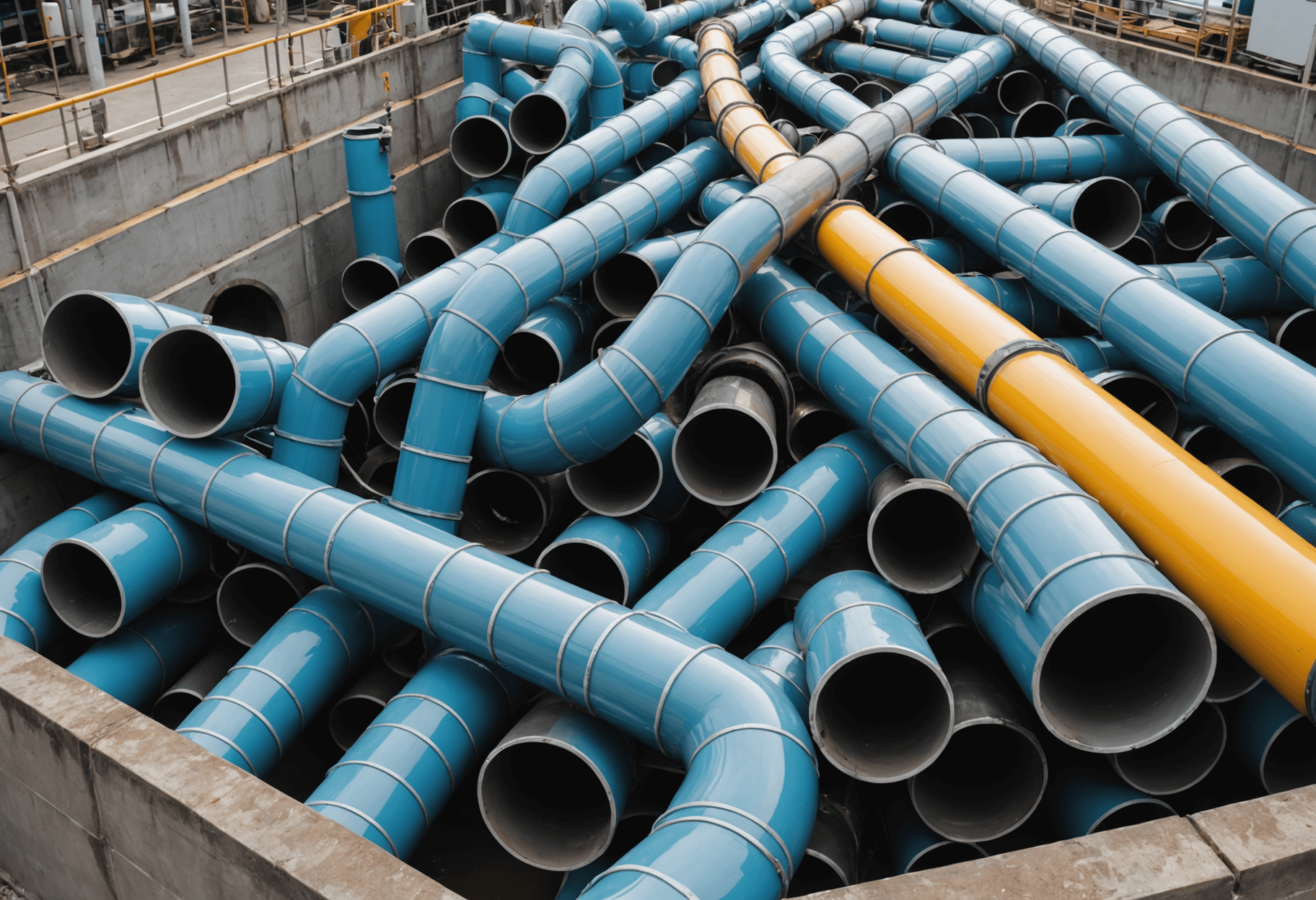When designing or maintaining water systems in Singapore, one of the most critical but often overlooked aspects is pipe sizing. Proper pipe sizing ensures that water flows efficiently, pressure remains adequate, and the entire system operates without unnecessary stress or failures. Whether you’re constructing new plumbing, upgrading existing networks, or troubleshooting issues, understanding why pipe sizing calculations matter can save you both time and money while safeguarding the longevity of your water infrastructure.
Many mistakes stem from ignoring accurate pipe sizing, leading to problems like low water pressure, increased energy consumption, or even pipe bursts. In Singapore’s dense urban environment, where space and resources are at a premium, getting pipe sizing right is more important than ever. This guide will explore the significance of pipe sizing calculations, the methods used, and practical tips to help you achieve optimal water system performance.
What Are Pipe Sizing Calculations in Water Systems
Pipe sizing calculations determine the correct diameter of pipes required to transport water or other fluids efficiently within a plumbing system. These calculations take into account factors such as flow rate, pressure, pipe material, and system layout. Proper sizing ensures that water reaches all points of use without excessive pressure loss or waste.
Why Accurate Pipe Sizing Is Critical for Singapore Water Infrastructure
Ensuring Adequate Water Pressure and Flow
In densely populated Singapore, maintaining consistent water pressure across residential, commercial, and industrial properties is essential. Incorrect pipe sizing can cause pressure drops, leading to inconveniences such as low water flow in faucets or showers. By correctly calculating pipe diameters, engineers can guarantee that water arrives with enough force, delivering a comfortable user experience and meeting regulatory standards.
Preventing System Failures and Reducing Repairs
Undersized pipes can cause increased friction and turbulence, which over time lead to pipe wear, leaks, or bursts. Conversely, oversized pipes might seem like a solution but can result in unnecessary costs and reduced flow efficiency. Accurate calculations help avoid these pitfalls, extending the lifespan of your water system and minimizing maintenance expenses. Engaging a Certified plumber in Singapore ensures that calculations are performed to industry standards, preventing costly mistakes.
Understanding the Factors in Pipe Sizing Calculations
Flow Rate Requirements
The volume of water needed at specific points influences pipe diameter choices. For example, a household shower might require a flow rate of 10 liters per minute, while a laundry area might need more. Calculating accurate flow rates helps determine the smallest pipe size that can handle peak demands without causing pressure drops.
Pressure Loss and Friction
As water travels through pipes, friction slows its flow, leading to pressure loss. Calculations incorporate factors like pipe material, length, flow velocity, and fittings to estimate pressure drops. Properly sized pipes minimize this loss, ensuring consistent pressure throughout the system.
Common Methods for Pipe Sizing Calculations
Darcy-Weisbach Equation
This physics-based formula estimates pressure loss due to friction in pipes. It considers flow velocity, pipe roughness, and length, aiding in selecting appropriate pipe diameters that balance flow and pressure considerations.
Velocity Method
This approach emphasizes maintaining flow velocities within recommended limits, typically between 0.6 to 2 meters per second for water systems. Ensuring velocities stay within this range prevents noise, pipe erosion, and inefficiency.
Practical Tips for Effective Pipe Sizing
- Assess Peak Demand: Always size pipes based on the highest expected water usage to account for peak flow conditions.
- Use Industry Standards: Refer to plumbing codes and standards specific to Singapore to ensure compliance and safety.
- Consult Experts: Engage a Certified plumber in Singapore with experience in pipe sizing and water system design.
- Plan for Future Expansion: Consider potential increases in demand or system upgrades when determining pipe sizes.
- Regular Maintenance Checks: Periodically review your water system to verify that pipe sizing remains appropriate as usage patterns change.
Impact of Poor Pipe Sizing on Water System Performance
Incorrect pipe sizing can have serious consequences. Systems with undersized pipes may experience low pressure, leading to inadequate water supply for daily needs. Over time, this can cause frustration and increased utility costs due to higher pump energy consumption. On the other hand, oversized pipes can lead to water stagnation, bacterial growth, or unnecessary expense. Both scenarios compromise the safety and reliability of water systems, highlighting the importance of proper calculations from the outset.
Role of a Professional in Pipe Sizing Calculations
While basic calculations can sometimes be done with online tools or simplified formulas, nothing replaces the expertise of a trained professional. A Certified plumber in Singapore understands local regulations, material properties, and environmental factors that influence pipe selection. They can perform detailed hydraulic analyses, recommend suitable pipe materials, and ensure your water system meets quality standards. Investing in professional advice makes sure your pipes are correctly sized, preventing costly repairs and system failures down the line.
Conclusion
Ultimately, why pipe sizing calculations matter for Singapore water systems boils down to ensuring safe, efficient, and reliable water supply. Properly designed pipe networks prevent pressure issues, reduce energy consumption, and increase the lifespan of your plumbing infrastructure. Taking the time to understand and implement accurate calculations can save a significant amount of money and hassle over the long term. Remember, engaging experienced professionals, like a Certified plumber in Singapore, can make all the difference. Whether you’re constructing a new building or upgrading your existing system, prioritizing correct pipe sizing from the start ensures peace of mind and optimal performance for years to come.

